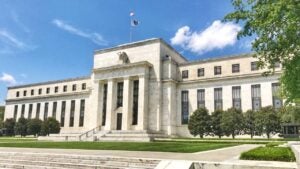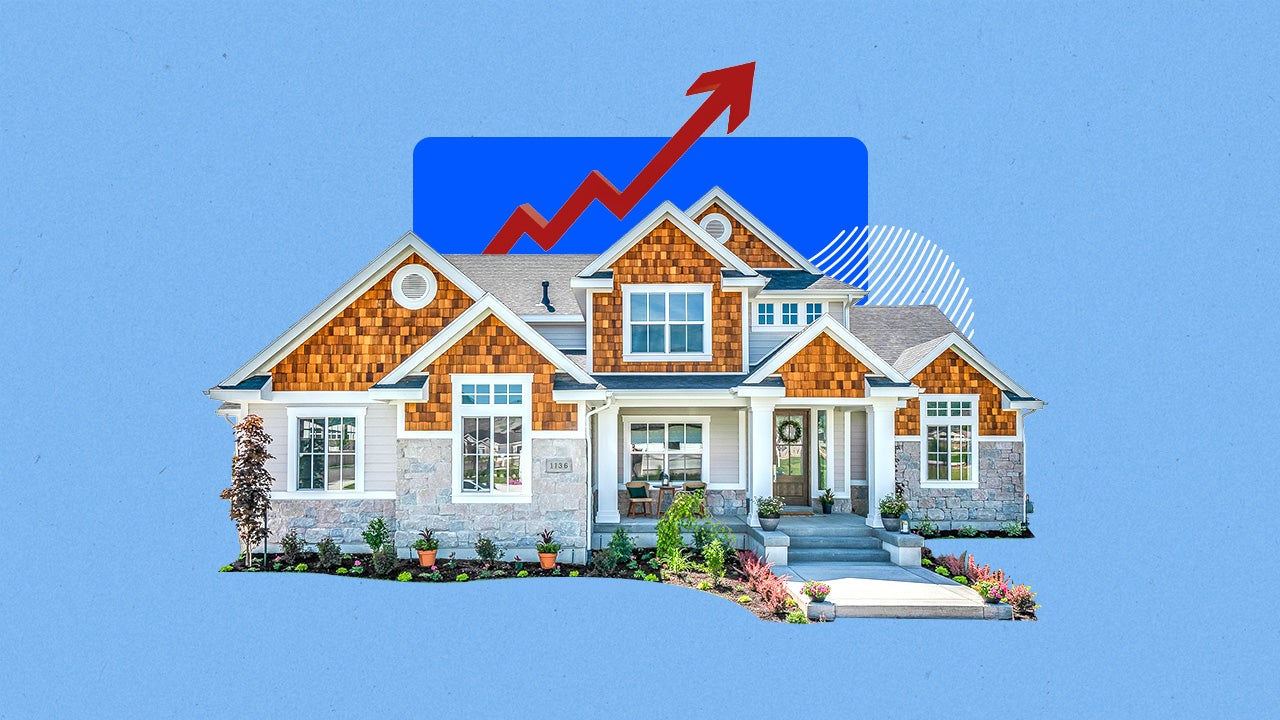Existing-home sales tick up, prices stay strong

Key takeaways
- Existing-home sales in February rose to a seasonally adjusted annual rate of 4.26 million. However, that represents a 1.2 percent decline from one year ago.
- The median existing-home sale price jumped 3.8 percent from February 2024 to $398,400. That’s the 20th consecutive month of year-over-year price increases.
- The inventory of unsold existing homes climbed 5.1 percent from a month earlier to 1.24 million at the end of February, representing a 3.5-month supply.
Existing-home sales continue to give off mixed signals. February 2025 home sales were up from January but down from a year ago, the National Association of Realtors (NAR) reports. But the pricing trend remains clear: The median home sale price for February was $398,400, the highest February median on record.
“Homebuyers are slowly entering the market,” said NAR Chief Economist Lawrence Yun. “Mortgage rates have not changed much, but more inventory and choices are releasing pent-up housing demand.”
In a possible tailwind, mortgage rates dipped below 7 percent in March. The average 30-year fixed mortgage rate rose from a low of 6.2 percent in September 2024 to above 7 percent, then retreated to 6.76 percent as of March 19, according to Bankrate’s survey of large lenders.
With home prices historically high, affordability challenges remain daunting for homebuyers. Lower mortgage rates would relieve some of that pain — but they also could lure more buyers into the market, further fueling prices.
The fate of the housing market in the coming months will be dictated in part by the direction of mortgage rates.— Mark Hamrick, Bankrate Senior Economic Analyst
“The fate of the housing market in the coming months will be dictated in part by the direction of mortgage rates, as well as the health of the broader economy,” says Mark Hamrick, Bankrate’s senior economic analyst. “The market could benefit from a combination of tailwinds, if they were to develop and are sustained.”
Existing-home sales up from last month, down from last year
The count of existing-home sales incorporates all completed resales, including single-family houses, condos, townhouses and co-ops. According to NAR, the number of sales nationally increased from the previous month to an annual pace of 4.26 million transactions in February.
February’s existing-home sales in the Northeast decreased 2 percent from January to an annual rate of 500,000. That’s up 4.2 percent from February 2024. In the Midwest, sales were unchanged in February at an annual rate of 1 million, up 1 percent from a year ago.
Existing-home sales in the South rose 4.4 percent from January to an annual rate of 1.91 million, down 4 percent from one year before. And the West saw a jump 13.3 percent in February to an annual rate of 850,000, identical to a year ago.
Days on market
Properties typically remained on the market for 42 days in February, up slightly from 41 days in January and 38 days in February 2024. Selling times are a crucial measure at any time of year, but especially during the peak spring and summer selling seasons.
Home prices still high
The nationwide median sale price for existing homes in February was $398,400 — the highest-ever price for the month, according to Yun. That’s below June 2024’s all-time high of $426,900, mostly because of seasonality, but it’s still an increase of 3.8 percent from last year. This marks 20 straight months of year-over-year price increases.
Regionally, the median price in the Northeast was $464,300, a big 10.4 percent increase from a year ago. The median price in the Midwest was $295,500, up 5.8 percent from February 2024.
In the South, the median was $358,800, up 1.9 percent from last year. And the West continues to have the highest median price at $614,600, up 3.6 percent from February 2024.
First-time homebuyers made up 31 percent of sales in February, an improvement over the all-time low of 26 percent in August and September. Cash sales accounted for 32 percent of transactions in February, slightly up from 29 percent in January.
Supply again improves year-over-year
Housing inventory at the end of February stood at 1.24 million units, up 5.1 percent from January and 17 percent from a year ago. That represents a 3.5-month supply at the current sales pace, identical to January and up from 3 months in February 2024. However, it’s still below the 5 or 6 months typically considered the mark of a balanced market.
“More housing supply allows strongly qualified buyers to enter the market,” Yun said. “But for many consumers, both increased inventory and lower mortgage rates are necessary for them to purchase a different home or become first-time homeowners.”






